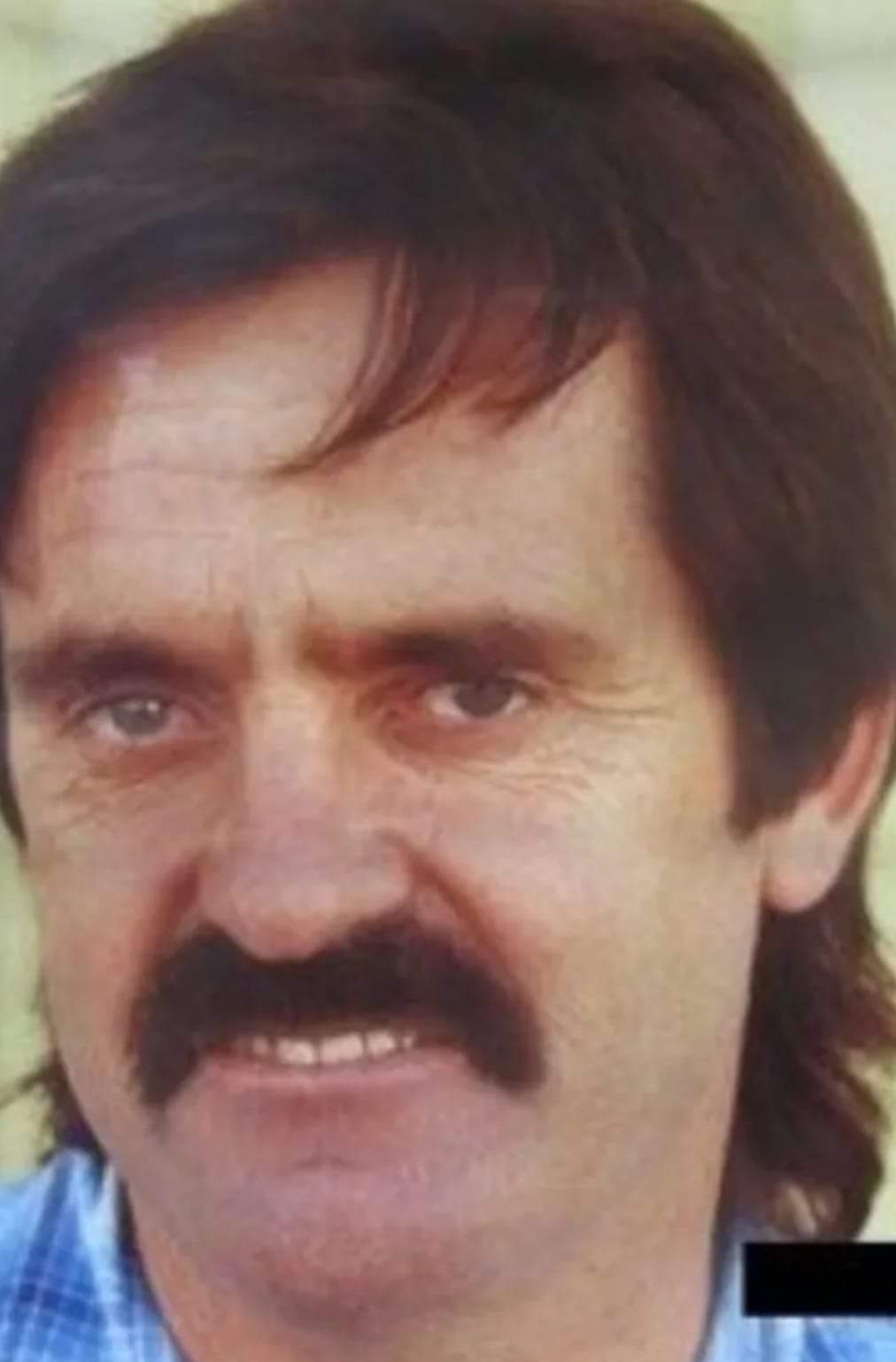David John Saint

Between 9:50pm and 10:40pm, Tuesday, 16 April 1991, John Saint was murdered outside 283 South Terrace Adelaide. His body was located in shrubs at the front of Unit 3 where he had suffered severe head injuries as a result of a vicious assault. The murder was investigated at the time but to date no person has ever been charged.
David John Saint Spent most of his working life in the freezer of a chicken processor and renovating houses before selling them off for more money, the then-41-year-old moved back to his parents’ place while his next house was under construction.
But John, as he was known to those close to him, was hiding a secret from his mother he simply couldn’t bring himself to tell — a secret his sister Helen believes led to his horrific death.
At about 10.30 pm on 16 April 1991, Mr. Saint was found bashed, bloodied, and lying face down in bushes on South Terrace, Adelaide.
Suffering a severe fracture of the skull, the cause of death was caused by a blunt instrument that caused a severe brain injury.
“He didn’t come home, and the next morning they said [on the radio] a body had been found and a person had been bashed to death on South Terrace,” Mr. Saint’s sister, Helen, said during an interview for a podcast series, True Stories, which is investigating the circumstances around his — and other — unsolved murders.
“The description fitted him [John] with what he’d had on when he left home.
“Never was he ever in any trouble with the law or anything like that. He was a good, honest law-abiding citizen.”
From day one, police said publicly that the motive for the murder of David was a robbery.
With his wallet missing, it was a predictable conclusion to jump to.
But Helen, and the South Terrace community — including activist Ian Purcell — believe there was more to his death than a botched burglary.
Mr. Saint was gay, and had been diagnosed as HIV positive — a secret he had only told his siblings at the time.
“I will never forget having to sit down with her [John’s mum] and saying, ‘Look, John was gay and also that he’s HIV positive,’” said Helen, who has never spoken to the media until now.
“It was terrible. She was just so shocked about everything.”
Mr. Saint was known to frequent various locations along South Terrace, known among the homosexual community as “beats”. To those in the local gay community, including Mr. Purcell, it is suspected that he was the victim of a homosexual bashing.
“We said sooner or later, somebody is going to be murdered and this is what happened,” Mr. Purcell said, after a 1992 poll in The Bulletin revealed South Australians were the least tolerant to homosexuals compared to other Australian states.
“Immediately following the David Saint murder ... it became obvious to us that they were treating it [his murder] as a burglary gone wrong.”
According to police reports, Mr. Saint stumbled across the busy road on the night of April 16, 1991, and collapsed into some bushes on the city side, where a passer-by found him bashed and covered in blood.
An ambulance arrived and paramedics tried desperately to save him, but it was too late.
Lacerations to the rear of the head corresponded with a blood-stained “herringbone” patterned paving brick found at the scene, but aside from the following day of inquiries — Helen said the police never really investigated the reason behind her brother’s death.
“A murder in your family is very hard to deal with, but to have no follow-up, no offer of any help, and no offer of any support or anything, it’s just as hard to deal with as the murder itself,” Helen said.
“They came back the next day [after Mr. Saint was found dead] and that was it.”
The gay community embraced the memory of David Saint and defended him, rallying around police at the time to raise the question of whether he was murdered from a gay-bashing.
Kenton Penley, the spokesperson for the Political Activist Group Lesbian and Gay Community Action, spoke of how police told the media at the time of Mr. Saint’s murder that the area in which he was found was notorious for gay bashings, and that the most common assaults were planned.
“It’s well known that if you’re going to do the ‘beat’, you do not take your wallet with you,” Mr. Purcell added.
“The fact that his wallet was missing wasn’t an indication that he may well have been robbed, but the fact he was just being sensible in not allowing someone to bash him and steal his wallet and find out all his personal information.”
Helen revealed that more than 29 years on, she wanted her brother remembered for more than the man who got murdered in the shadows of South Terrace.
Loving to go on holiday with the family, he would often drop in on Helen for a coffee. When she went into hospital after having her seventh child, David babysat her kids at night, even buying a station wagon just so he could get them to the hospital to visit their mother.
The Saint family claim to have not heard from police in more than 20 years, until recently when the detective from the new South Australian Cold Case Unit contacted Helen’s brother — asking for a photo of Mr. Saint.
The detective hoped to use images of 52 unsolved murder victims printed on playing cards, in a bid to get the chatter going on in prison.
Helen said not hearing from the police for such a long time after her brother’s murder only added salt to the wound.
“That was always hard to deal with because you think well why?” she said.
“Why, why, why, but we will never know why. We were never given any answers or anything.”
When contacted by SBS investigative journalist Mark Whittaker, a member of the SA police wasn’t able to talk about Mr. Saint’s murder — but said: “the motive murder remains unclear.”
Mr. Saint’s murder remains unsolved. If you have any information that may assist police please contact Crime Stoppers on 1800 333 000.
Source

 My First News Item
My First News Item My Nine News Item
My Nine News Item